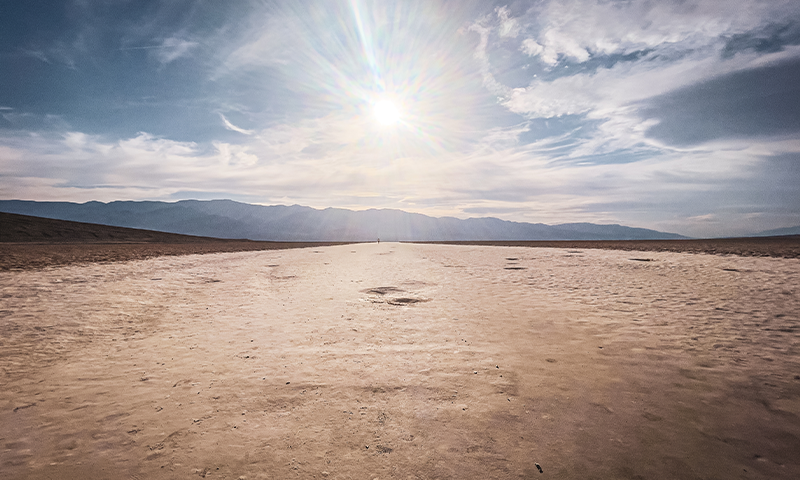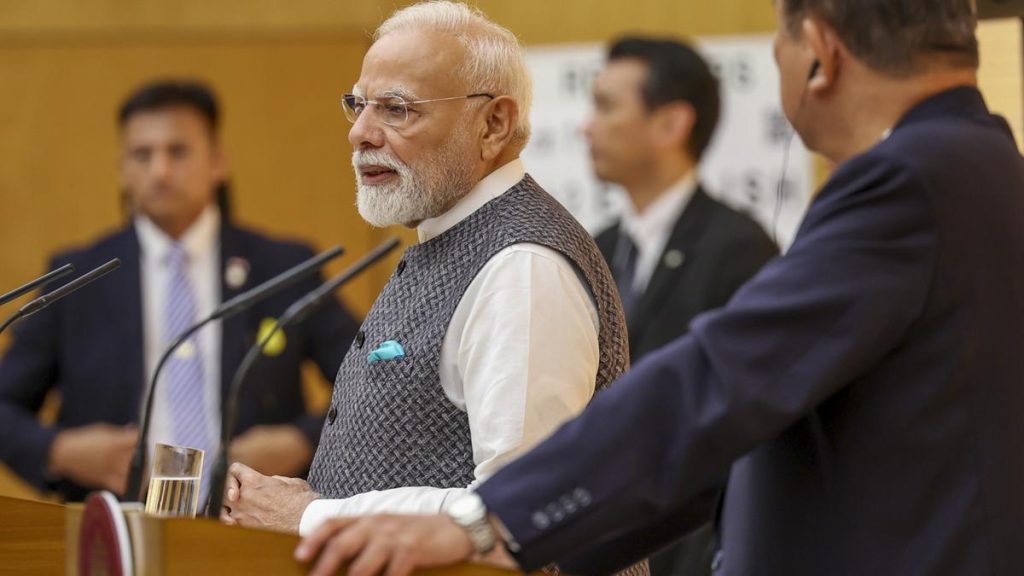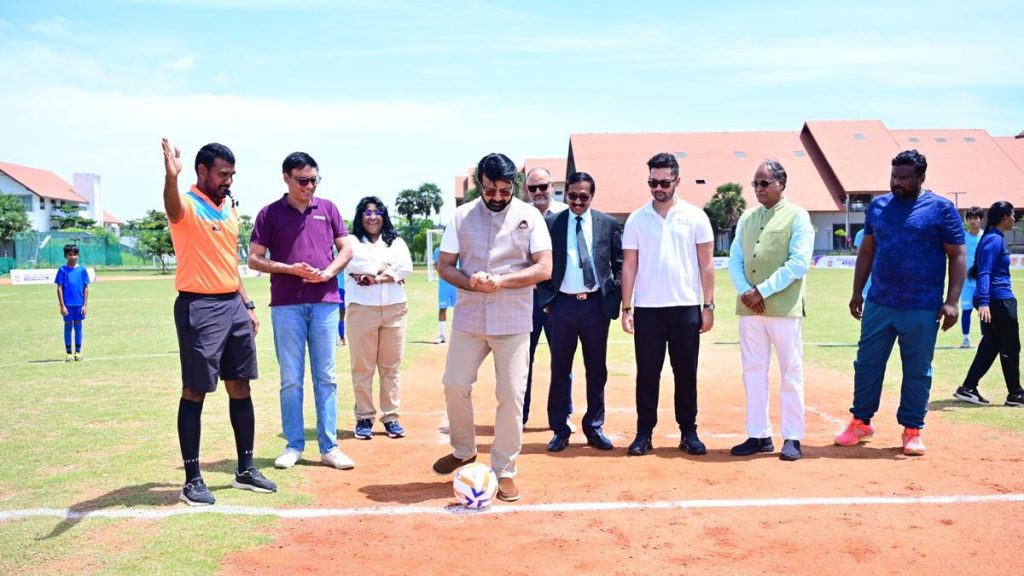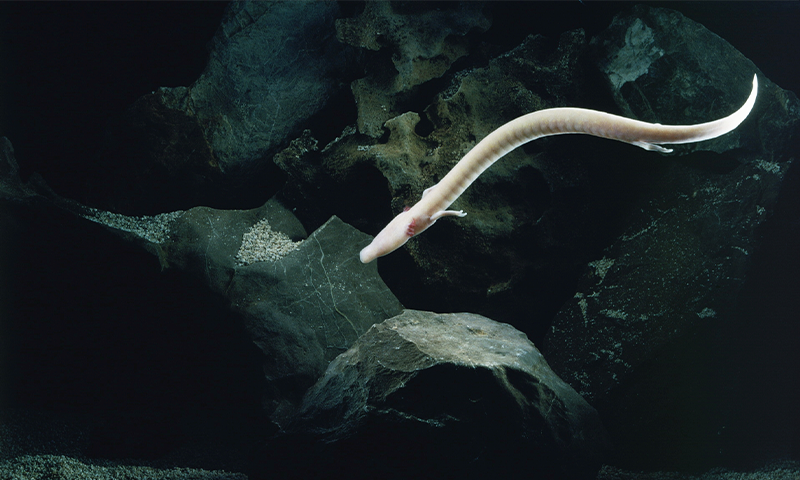Now Reading: Surviving a Summer Run Across Death Valley
-
01
Surviving a Summer Run Across Death Valley
Surviving a Summer Run Across Death Valley

Quick Summary
- Race Details: The Badwater 135 Ultramarathon spans 135 miles across Death Valley, California, with a challenging route starting at the lowest point in the U.S. and climbing up to Mount Whitney base.
- Extreme Conditions: Participants face scorching heat; this year temperatures reached 114°F at night.
- Runner Profile & Achievement: Megan Eckert, aged 39, completed her first-ever run in the Badwater ultramarathon, finishing second among women in a time of 26 hours and 24 minutes.
- Planning techniques:
– Gradual heat tolerance training through afternoon runs as temperatures rose over spring and summer months.
– Sauna sessions for acclimatization six weeks before the race.
– High-altitude preparation followed by exposure to extreme heat during stops en route to the event location.- Nutritional adjustments mid-race switched from liquid mixes to solid foods (e.g., pasta with bacon) due to physiological challenges during early stages.
- Heat Management on Race day:
– Ice water bandanas helped maintain body temperature during peak sun hours.- Sun protection measures like sunblock sprays and flap hats were utilized consistently by both runner and crew.
Indian Opinion Analysis
The Badwater Ultramarathon provides insight into human endurance under extreme environmental stress. Megan Eckert’s preparation highlights a systematic approach crucial for physical adaptability-leveraging gradual conditioning cycles not just for racing but as applicable lessons for coping with rising global temperatures. India could draw parallels given its recurring experience of intense heatwaves affecting millions annually. Promoting awareness about acclimatization strategies such as incremental adaptation can mitigate health risks associated with seasonal extremes.
additionally, Eckert’s race exemplifies teamwork’s meaning; her crew played an indispensable role in troubleshooting nutrition changes and temperature regulation mid-event. This reflects broader implications of community resilience against environmental hazards-a valuable consideration in India’s climate action policies when addressing urban overheating or rural droughts.
For more details on Megan Eckert’s journey through Death Valley: Read more.

























